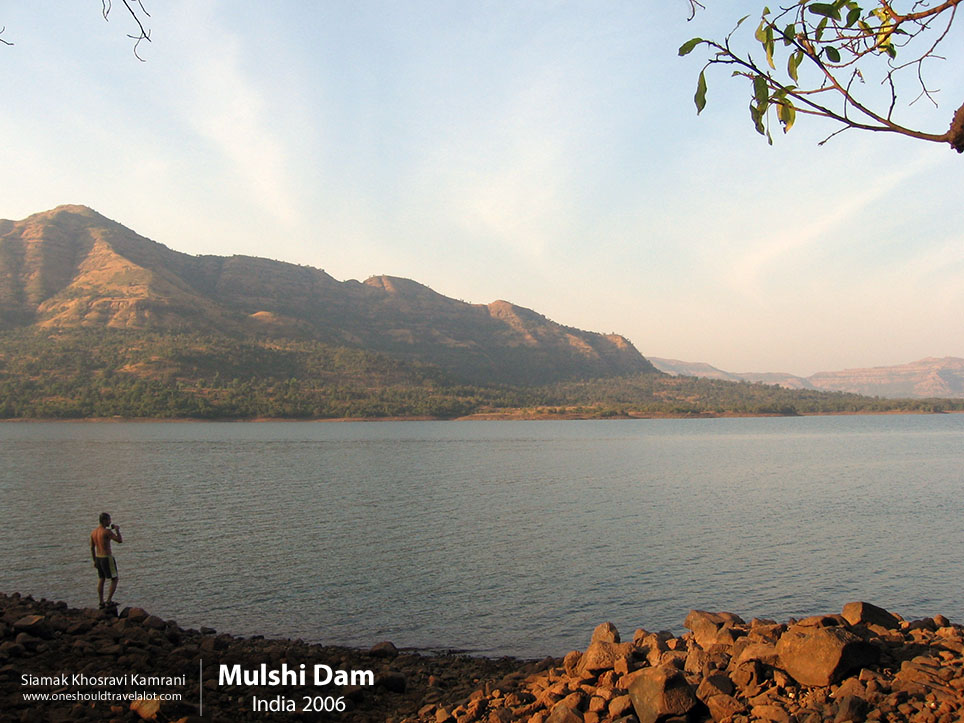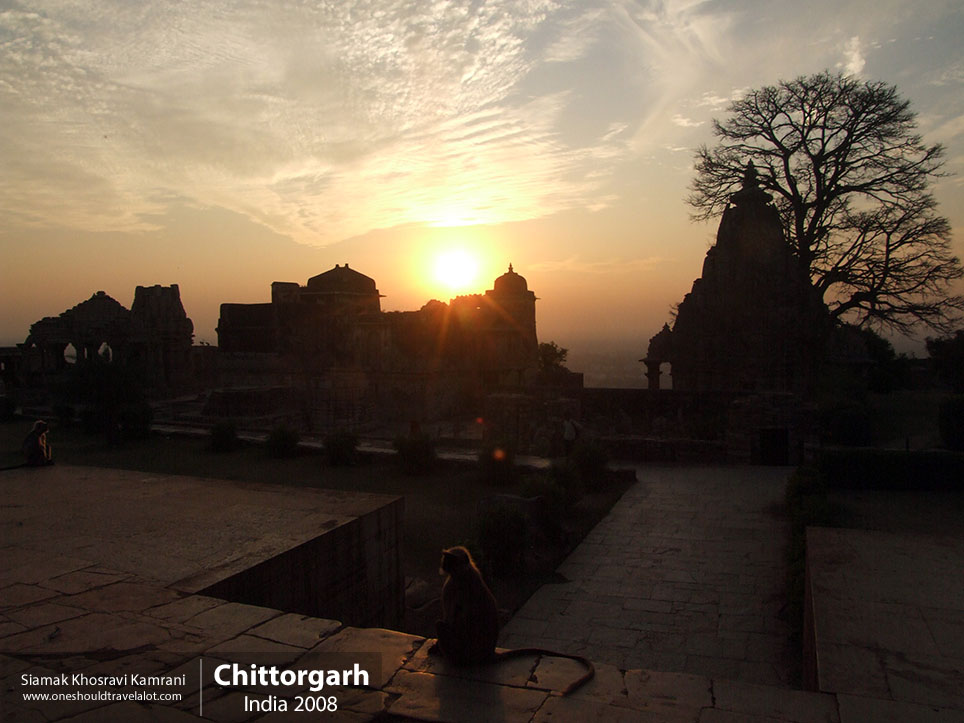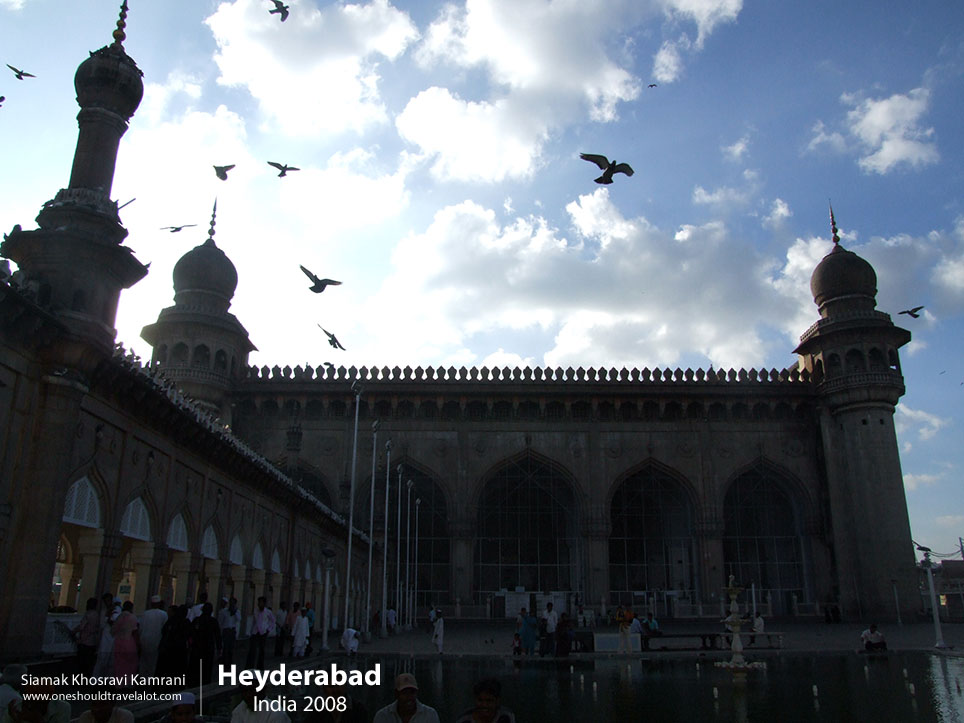Discovering Jaipur: A Photographer’s Journey Through the Pink City
As the early morning sun begins to cast its golden glow over the city, I arrive in Jaipur, the capital of Rajasthan, India. Known as the Pink City, Jaipur is a vibrant tapestry of colors, culture, and history. The name “Pink City” originates from the terracotta pink color that adorns many of its buildings, a hue that represents hospitality in Rajput culture. My camera is ready, and so am I, eager to capture the essence of this enchanting city.
The First Glimpse: Hawa Mahal
My journey begins with one of Jaipur’s most iconic landmarks, the Hawa Mahal. This stunning five-story palace, built in 1799 by Maharaja Sawai Pratap Singh, is designed to resemble the crown of Krishna, the Hindu god. The intricate latticework of pink sandstone is mesmerizing, and the 953 small windows, or ‘jharokhas,’ allow cool air to circulate through the palace, giving it the name “Palace of Winds.”
As I photograph the Hawa Mahal, I imagine the royal women of yesteryear, who once gazed out at the bustling streets below from behind these windows, hidden from public view but able to observe the vibrant life outside. The play of light and shadow through the latticework offers countless opportunities for capturing unique images.
The Bustling Bazaars of Jaipur
From the Hawa Mahal, I venture into the heart of Jaipur’s bustling bazaars. The Johari Bazaar, Tripolia Bazaar, and Bapu Bazaar are a sensory overload, each offering a kaleidoscope of colors, sounds, and scents. Vendors call out to passersby, showcasing everything from glittering jewelry and vibrant textiles to fragrant spices and handmade crafts.
In Johari Bazaar, known for its exquisite jewelry, I find myself captivated by the intricate designs of Kundan and Meenakari work. The skill and craftsmanship of the local artisans are apparent in every piece, and my camera captures the delicate details of the shimmering gems and ornate patterns.
Tripolia Bazaar is famous for its textiles and brassware. Here, I photograph the vibrant swirls of traditional Rajasthani fabrics, with their bold patterns and rich colors. The sounds of clinking brass items and the rhythmic hum of haggling fill the air, adding to the market’s lively atmosphere.
Experiencing Jaipur’s Cultural Richness
Jaipur’s culture is a vibrant blend of traditional Rajasthani customs and modern influences. The city is predominantly Hindu, with a rich tapestry of festivals and rituals that reflect its deep spiritual heritage. I am fortunate to be here during the Teej Festival, a celebration of the monsoon season dedicated to the goddess Parvati.
The streets are alive with music, dance, and processions. Women dressed in their finest clothes and jewelry swing on elaborately decorated swings, while others participate in folk dances and songs. My camera captures the joy and energy of the festival, the bright colors of the traditional attire, and the intricate henna designs on the women’s hands.
The Majestic Amber Fort
No visit to Jaipur would be complete without exploring the majestic Amber Fort. Located just a short drive from the city, this stunning fort complex is a masterpiece of Rajput architecture. Built from red sandstone and white marble, the fort offers panoramic views of the surrounding hills and Maota Lake below.
I spend hours wandering through the labyrinthine passages, grand courtyards, and ornate halls. The Sheesh Mahal, or Mirror Palace, is particularly captivating, with its walls and ceilings adorned with thousands of tiny mirrors that reflect light in a dazzling display. As I photograph the fort, I can almost hear the echoes of the past, the clatter of horse hooves, and the murmur of royal court proceedings.
The Tranquil Jal Mahal
After the grandeur of Amber Fort, I seek a moment of tranquility at the Jal Mahal, or Water Palace. Situated in the middle of Man Sagar Lake, this beautiful palace appears to float on the water’s surface. Although the palace itself is not open to the public, the view from the lake’s edge is breathtaking, especially during sunset.
The reflection of the palace in the still waters creates a mirror image that is simply enchanting. As I capture this serene scene, I am struck by the contrast between the bustling city and this peaceful oasis. The Jal Mahal serves as a reminder of the harmonious blend of natural beauty and architectural splendor that defines Jaipur.
Savoring Rajasthani Cuisine
No journey is complete without savoring the local cuisine, and Jaipur offers a feast for the senses. The flavors of Rajasthani food are bold and robust, with a generous use of spices. I visit a traditional restaurant to sample some local delicacies, including dal baati churma, a quintessential Rajasthani dish consisting of baked wheat balls, lentil curry, and a sweet crumble.
The tangy flavors of gatte ki sabzi, a curry made from gram flour dumplings, and the richness of laal maas, a spicy red meat curry, leave a lasting impression. Each dish tells a story of the region’s culinary heritage, and my taste buds are as delighted as my camera lens.
Meeting the People of Jaipur
One of the most rewarding aspects of my journey is the opportunity to meet the people of Jaipur. The locals are warm, friendly, and proud of their cultural heritage. I spend an afternoon with a local family, learning about their customs, traditions, and daily life.
As we sit together over a cup of masala chai, they share stories of their ancestors and the history of Jaipur. Their hospitality is heartwarming, and their stories provide a deeper understanding of the city’s rich cultural fabric. My camera captures candid moments of laughter and connection, reflecting the genuine warmth of the people.



